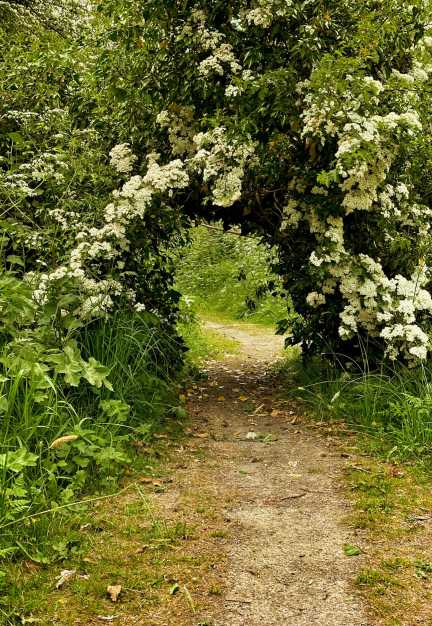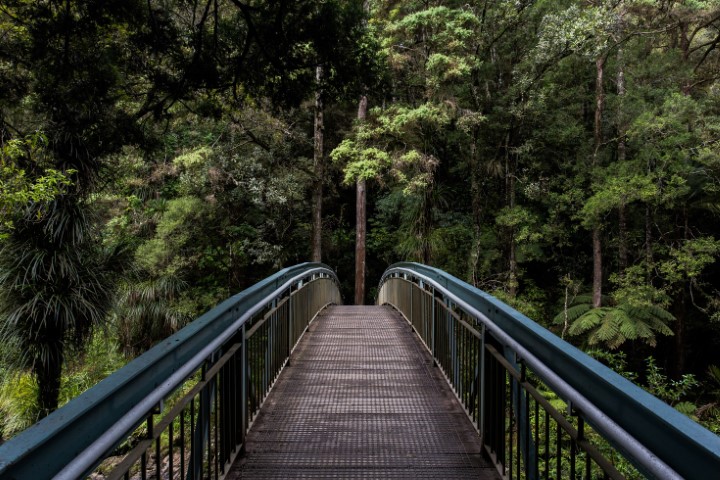Creating a wildlife-friendly garden is not only beneficial for the environment, but it also provides a beautiful and natural space for you to enjoy in your own backyard. By incorporating some simple practices and elements into your garden design, you can attract and support a wide variety of wildlife, from birds and butterflies to bees and small mammals. Here are some tips to help you create a garden that is a haven for wildlife.
One of the most important things you can do to attract wildlife to your garden is to provide a source of food. Planting a variety of native plants will attract a diverse range of insects, which in turn will attract birds and other wildlife that feed on them. Consider planting a mix of flowers, shrubs, and trees that bloom at different times of the year to provide a continuous source of nectar and pollen for bees and butterflies. You can also add bird feeders and birdhouses to attract birds to your garden.
Another key element of a wildlife-friendly garden is providing shelter and habitat for wildlife. This can be as simple as leaving some areas of your garden wild and overgrown, or as complex as creating specialized habitats like ponds or insect hotels. Trees, shrubs, and dense plantings provide shelter for birds and small mammals, while ponds and water features attract frogs, toads, and other aquatic wildlife. Creating a variety of habitats in your garden will encourage a diverse range of wildlife to visit and make their homes there.
Water is essential for all living creatures, so incorporating a water source into your garden is important for attracting wildlife. You can create a bird bath, install a small pond or water feature, or even just set out a shallow dish of water for wildlife to drink from. Be sure to keep the water clean and fresh, and provide a way for wildlife to access and exit the water easily to prevent accidents.
Finally, reducing your use of pesticides and chemicals in your garden is crucial for creating a wildlife-friendly environment. These chemicals can be harmful to wildlife and disrupt the delicate balance of the ecosystem in your garden. Instead, try using natural pest control methods like companion planting, mulching, and attracting beneficial insects to help keep pests in check. By creating a healthy and chemical-free environment, you will attract a wider range of wildlife and create a more sustainable garden.
By following these tips and incorporating wildlife-friendly practices into your garden design, you can create a beautiful and vibrant space that supports a diverse range of wildlife. Not only will you enjoy the sights and sounds of nature in your own backyard, but you will also be doing your part to help conserve and protect the environment for future generations. So why not start creating your own wildlife-friendly garden today?














